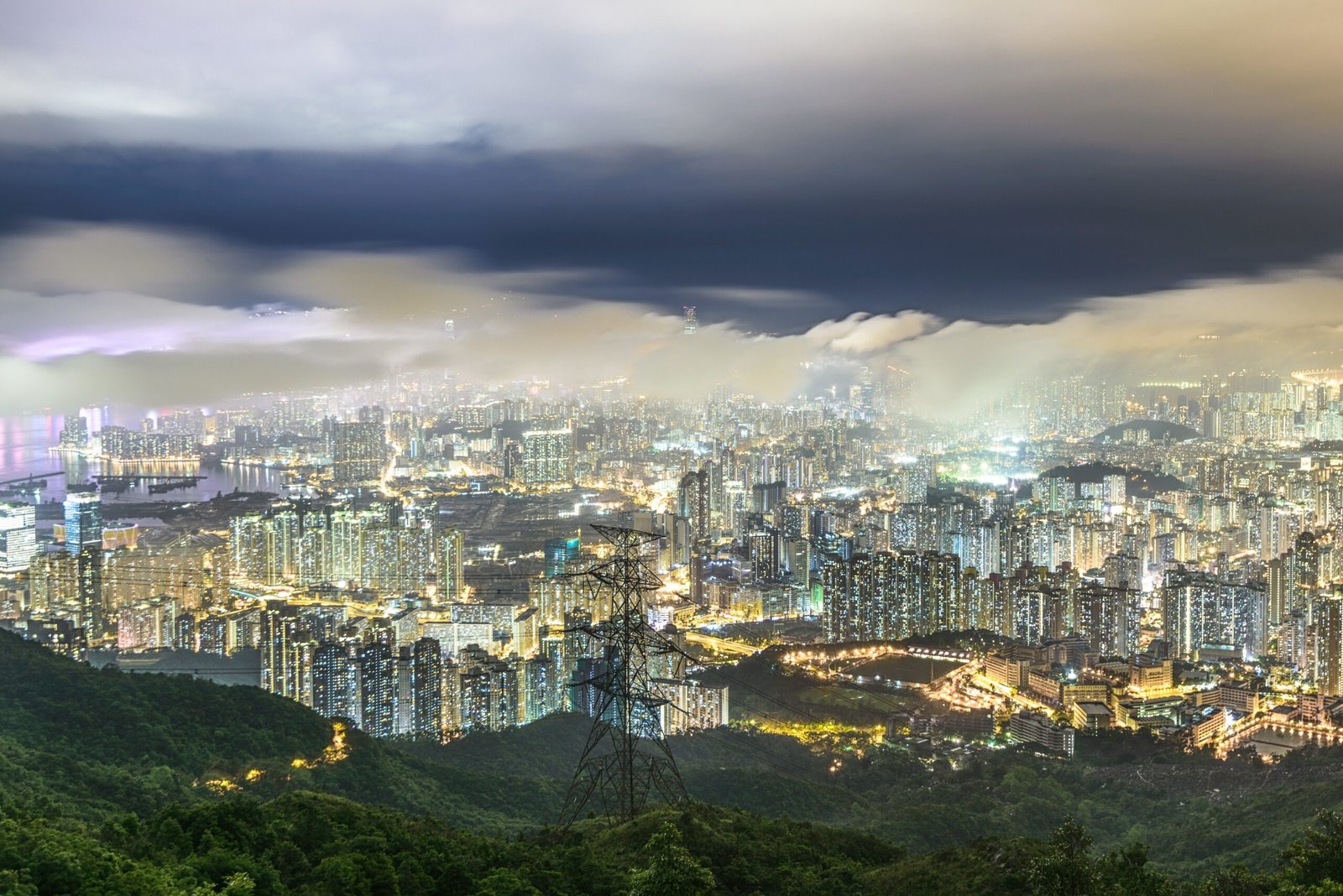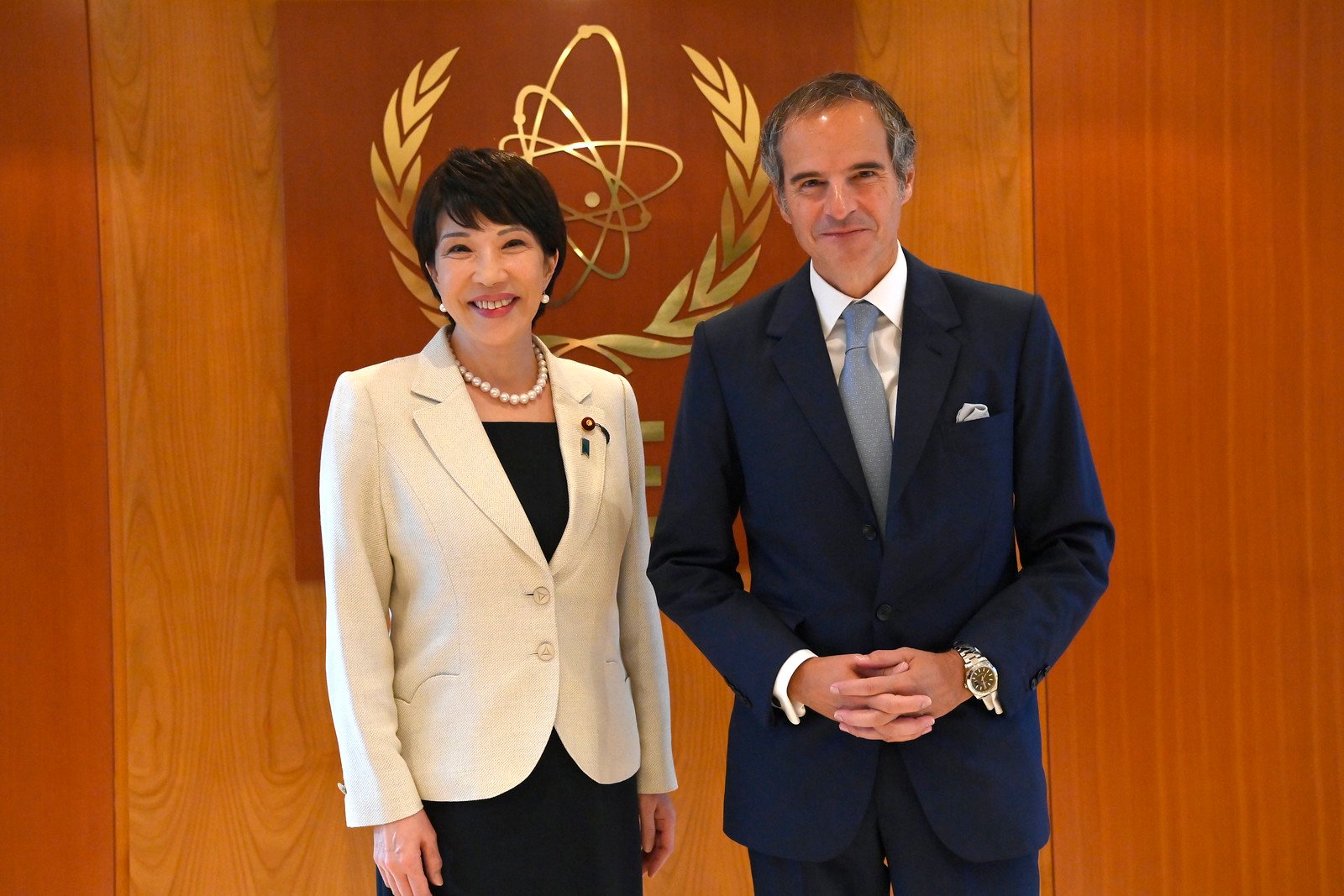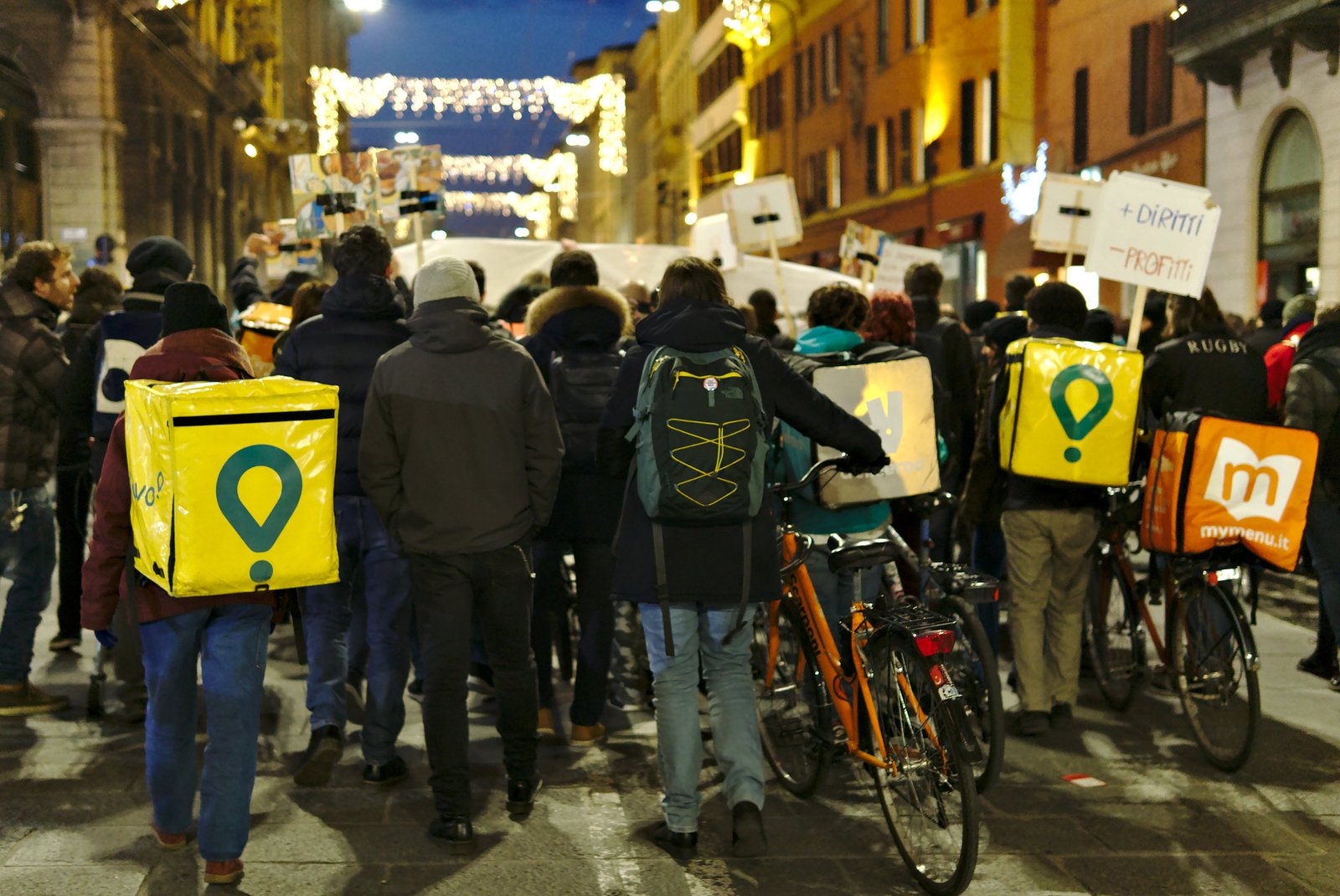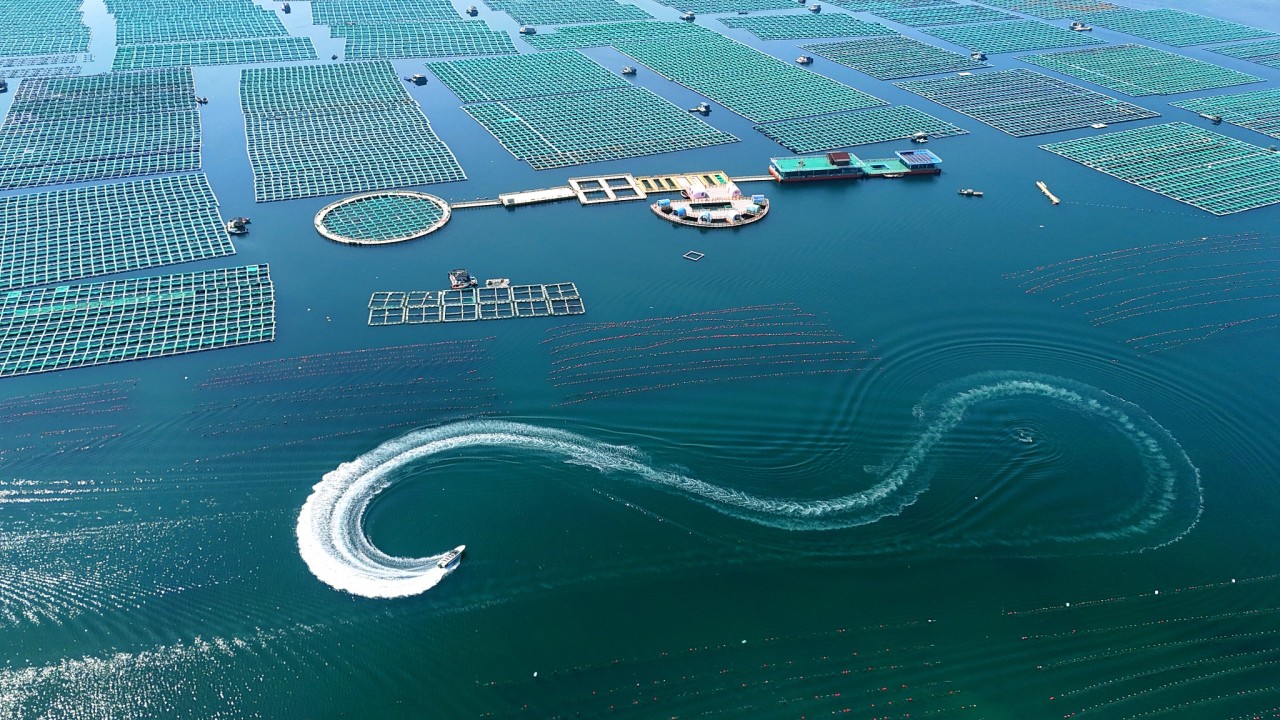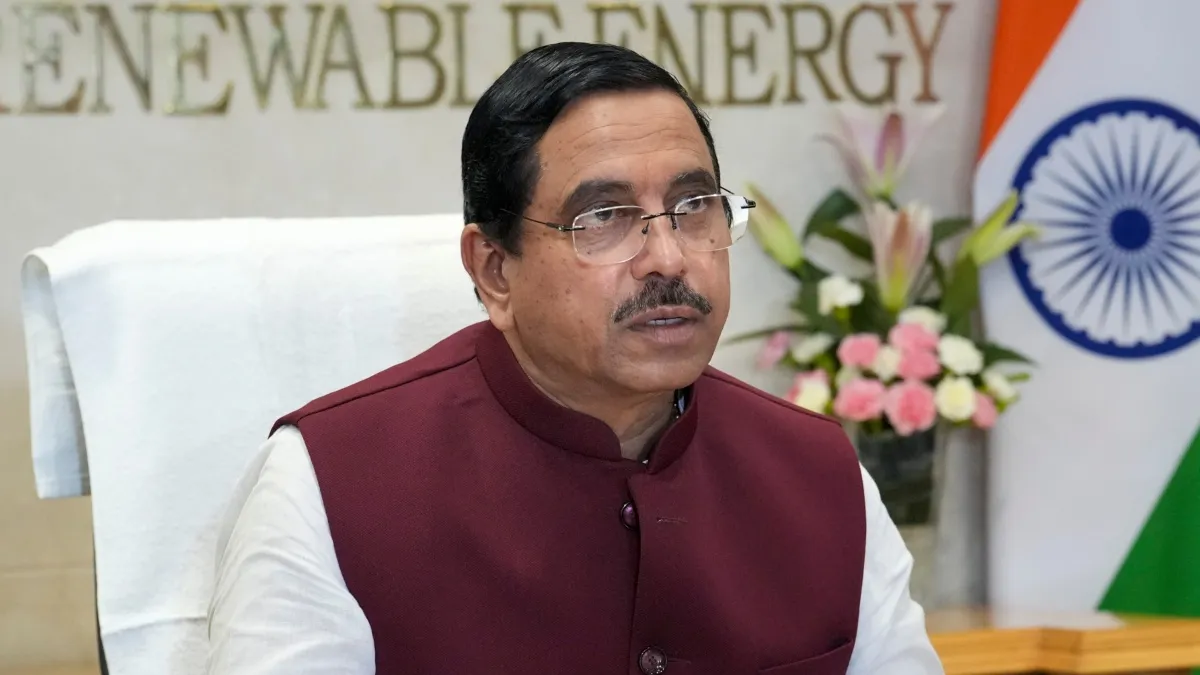SINGAPORE — As Asia-Pacific confronts mounting economic headwinds and climate catastrophe, the region’s clean technology sector is emerging as a critical battleground for future prosperity. The newly released Cleantech Group APAC Cleantech 25 2025 Report reveals a diverse ecosystem of innovations—from fusion energy to battery swapping, from agricultural optimization to waste valorization—that could reshape the region’s economic trajectory.
However, this momentum unfolds against a sobering backdrop.
While McKinsey’s 2019 projections estimated Asia would command over 50% of global GDP by 2040, their February 2025 report has revised that figure downward to approximately 42%.
The recalibration reflects slower-than-expected growth in major economies, particularly China, persistent supply chain disruptions, escalating geopolitical tensions, inflationary pressures, and energy constraints compounded by climate impacts, demographic shifts, and mounting debt.
The Asian Development Bank’s Asia-Pacific Climate Report 2024 warns that climate change could reduce GDP in developing Asia and the Pacific by 17% by 2070 under a high-end greenhouse gas emissions scenario, rising to 41% by the end of the century, with sea level rise and labor productivity losses causing the greatest damage.
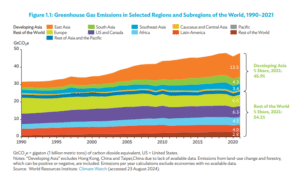
ADB President Masatsugu Asakawa stated that climate change has supercharged the devastation from tropical storms, heat waves, and floods in the region, contributing to unprecedented economic challenges and human suffering.
Asia-Pacific stands on the frontline of planetary heating.
The World Meteorological Organization’s State of the Climate in Asia 2024 report reveals the region is warming nearly twice as fast as the global average, with the warming trend between 1991-2024 was almost double that during the 1961-1990 period, indicating that the pace of warming has quickened.
Devastating heat waves, intensifying typhoons, prolonged droughts, and catastrophic flooding have become routine rather than exceptional. World Meteorological Organization (WMO) Secretary-General Celeste Saulo emphasized that extreme weather is already exacting an unacceptably high toll. These aren’t abstract future threats—they’re current operational realities hammering economic output, disrupting supply chains, and diminishing worker productivity.
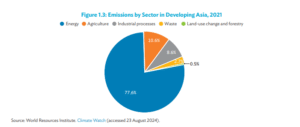
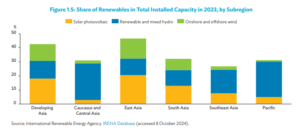
If the climate crisis continues to accelerate, up to 300 million people in the region could be threatened by coastal inundation, and trillions of dollars of coastal assets could be damaged annually by 2070. (Cleantech Group)
This existential pressure is driving a fundamental strategic shift. Security and resource independence now dominate policy discussions from Tokyo to Jakarta. Access to affordable energy, water, and critical materials has become paramount to national economic survival in an increasingly fractured world.
Meanwhile, Asia’s traditional competitive advantage—affordable labor—is eroding in the age of artificial intelligence and robotics. Labor economics are being rewritten in real-time as automation technologies mature and re-industrialization accelerates across the region.
The APAC Cleantech 25 showcases innovations responding precisely to these converging pressures.
The report’s diverse range of solutions—spanning fusion to near-term energy efficiency savings, battery swapping to battery materials, improving crop yields to generating valuable products from waste—demonstrates how AI’s intersection with energy and industrial systems will be a major force multiplier.
The ADB climate report 2024 found 91% across 14 Asian economies see global warming as a serious threat and want stronger government action. Yet adaptation investment—needed at $102–431 billion yearly—lags far behind the $34 billion mobilized in 2021–22.
The question isn’t whether Asia will embrace clean technology—climate reality and economic pressure leave no alternative. The question is whether the region can innovate fast enough to offset the growing headwinds dragging down growth projections. The APAC Cleantech 25 suggests the race is on, with Asia’s future prosperity hanging in the balance.
Full Cleantech Group APAC Cleantech 25 / 2025 Report HERE+
The most recent ADB Climate Report 2024 HERE+





